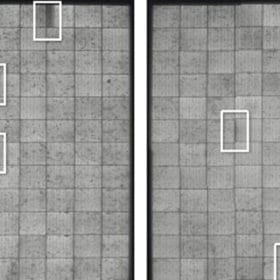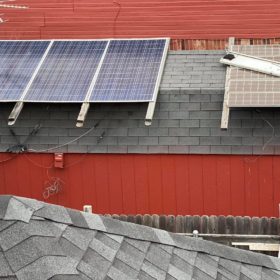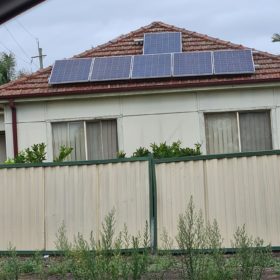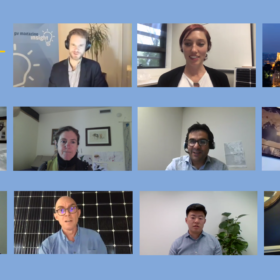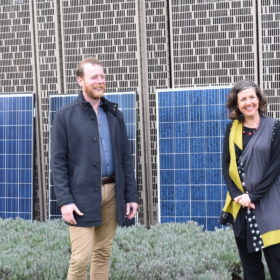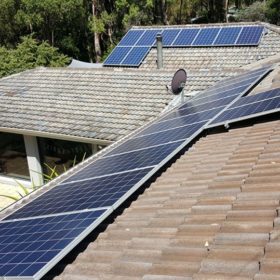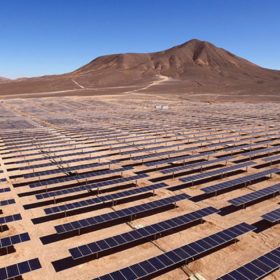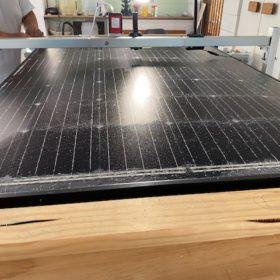Sunday read: time to standardise
Not all quality control plans, processes and agreements are created equal, writes Frédéric Dross, the VP of strategic development for Senergy Technical Services (STS). Indeed, developers can find themselves saddled with agreements that allow unacceptably low levels of quality, unless they have followed standards.
Is Australia’s solar industry really still shonky? Finn Peacock on the industry’s best and worst bits
Why do you almost never hear about prosecutions for illegal phoenix activity? Why do some Approved Solar Retailers behave so badly? And what remains of Australian solar’s cowboy history?
Australians paying the price for cheap, abundant solar
Faulty or failing rooftop solar systems are behind one in five enquiries made to Sydney-based retailer Solaray Energy, according to the company’s co-founder and director, Jonathan Fisk. “And it’s going to continue to accelerate,” Fisk told pv magazine Australia.
Insight on Quality – the prickly issue of PV module warranties: big promises and little recourse
PV modules are being sold with ever longer warranties, but when modules underperform or fail, making claims on those warranties is rarely straightforward. So are the warranties worth the paper they’re written on? Where does this leave installers? And how can this liability be mitigated?
400,000 applications for STCs in 2020 — how the CER makes sense of a cornucopia of data
The Clean Energy Regulator is both watchdog — assessing applications for Small-scale Technology Certificates, Large-scale Generation Certificates and Emissions Reduction Fund credits — and oracle, weaving data to provide an overview of Australia’s energy supply and demand and the performance of renewable resources. A recent transformation of its digital capabilities benefits consumers and the renewable energy industry.
Cutter Rail: Clenergy’s new mounting system just made for installers
Solar panels are growing to produce higher output, racking needs to evolve in tandem. Industry participants have contributed to a new Australian-manufactured rail that is engineered to ensure safety, longevity and the needs of installers working on residential and commercial rooftop projects.
Keeping PV panels honest — ACT innovation fund pumps up testing capacity
Michelle McCann and Lawrence McIntosh, the partners behind the solar panel testing facility, PV Lab, in Canberra think of Australia’s PV installations, large and small, as making up a vast virtual power plant. Their goal is to wring the promised performance from panels being sold into the Australian market and the ACT Government has just boosted their chances.
Huge jump in installations using solar panel validation
The program designed to protect Australian consumers by making the identification of solar products easier is growing in popularity.
Canadian Solar to deliver 1.2 GW to Australian and U.S. projects – including bifacial
Canadian Solar and Lightsource BP have signed a multi-year 1.2 GW module supply agreement that will see both monofacial and bifacial modules installed in Lightsource BP’s Australian and U.S. solar projects.
Solarwatt’s Vision glass-glass PV passes Aussie cyclone testing
Solarwatt’s Vision glass-glass solar PV modules have pushed the technology’s resilience even further after passing Aussie cyclone testing in Darwin. The success arouses new attention to the competing riders on the bifacial wave, glass-glass and backsheets.
